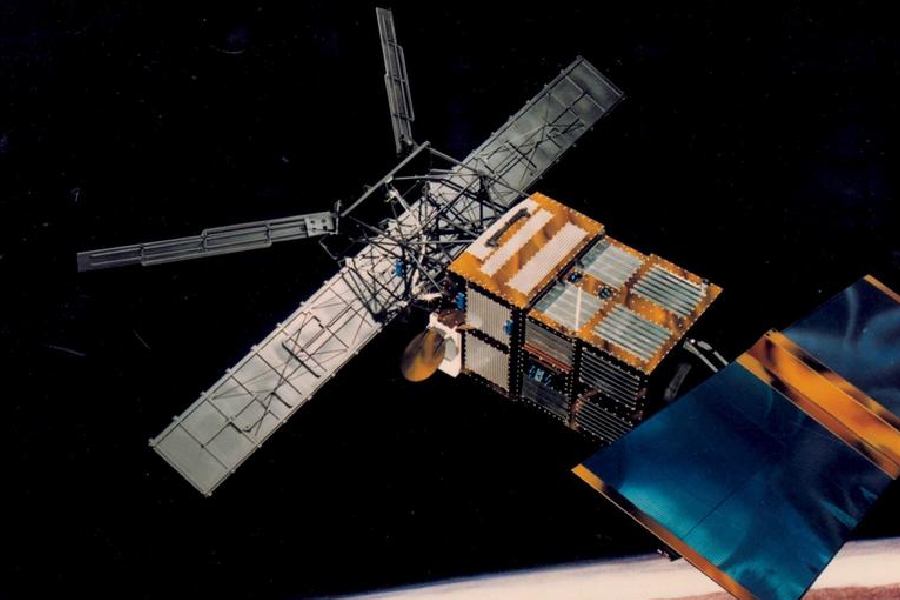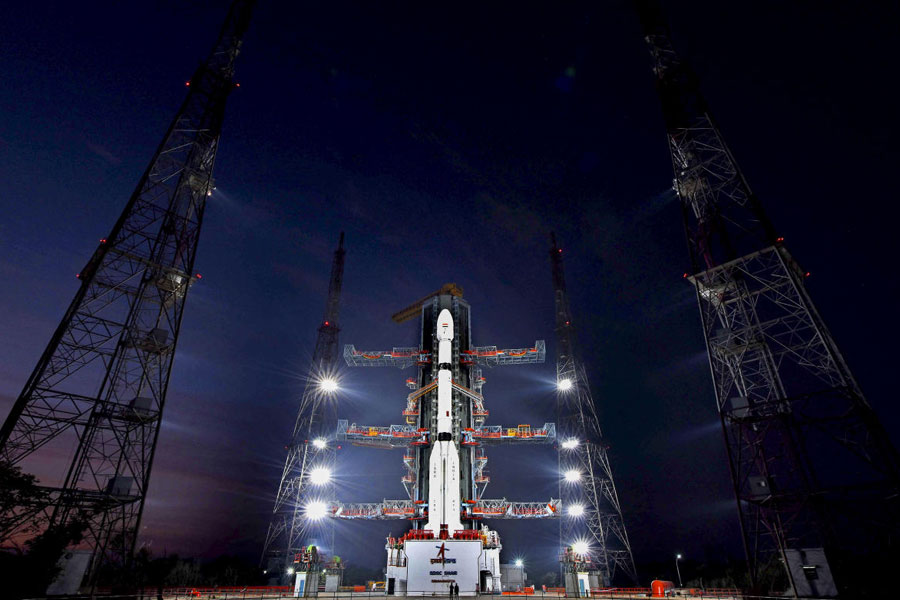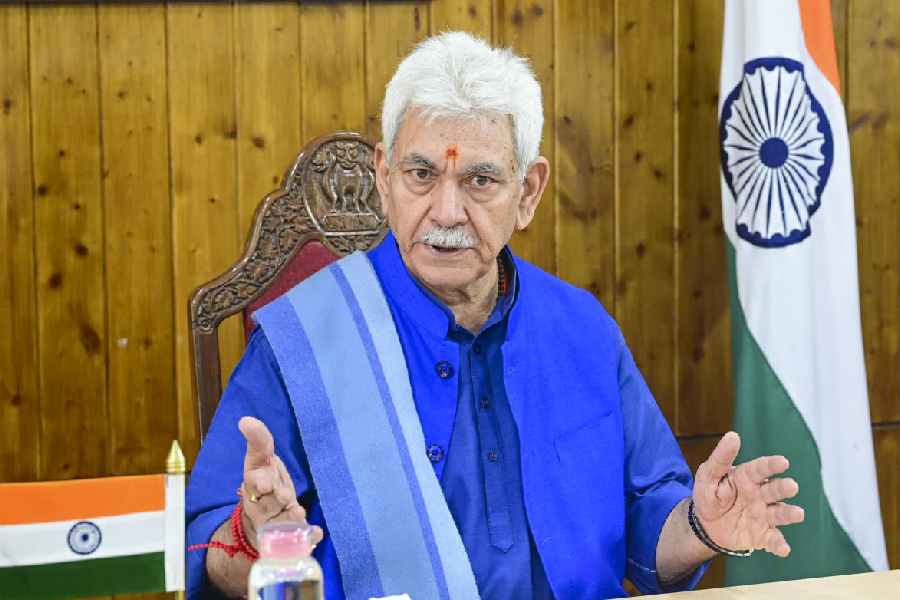A European satellite launched in 1995 to observe Earth and ended its mission 13 years ago — long after its planned 3-year lifetime — returned to our planet Wednesday, according to the European Space Agency (ESA).
Debris from the satellite fell over the North Pacific Ocean at around 18:17 CET (17:17 UTC), the ESA said. The satellite's altitude had been declining steadily since the ESA decided to retire it in 2011.
The satellite then reached the critical altitude of around 80 kilometers (50 miles) above Earth's surface on Wednesday, at which point the atmospheric drag was so strong that it began to break into pieces, the space agency said on its website.
The 2.5-metric-ton (2.75-US-ton) satellite was deliberately and gradually brought down to avoid creating yet more space junk in Earth's orbit that could pose a threat to active satellites and the International Space Station.
The vast majority of the satellite burned up when it reentered the Earth's atmosphere, according to the ESA. Other fragments of the satellite fell into the sea below.
The satellite was estimated to have a mass of around 2,294 kg after being depleted of fuel. "On average, an object of similar mass reenters Earth's atmosphere every week or two," the ESA said on its website.
ESA experts had already said there was almost no chance of debris harming humans and confirmed it in a statement after the satellite broke into the Earth's atmosphere.
"The odds of a piece of satellite falling on someone's head is estimated at one in a billion," Benjamin Bastida Virgili, an ESA space debris system engineer, had said earlier in the day.
When the ERS-2, or European Remote Sensing satellite, was launched in 1995, following on from its sister satellite, ERS-1, which had been launched four years earlier, it was Europe's most sophisticated Earth observation satellite, according to the ESA.
In its 16 years of operation, the ERS-2 collected data that gave profound insights into climate change, returning information on diminishing polar ice, changing land surfaces, rising sea levels, warming oceans and atmospheric chemistry.
The satellite also monitored natural disasters, including floods and earthquakes, in remote areas of the world.










